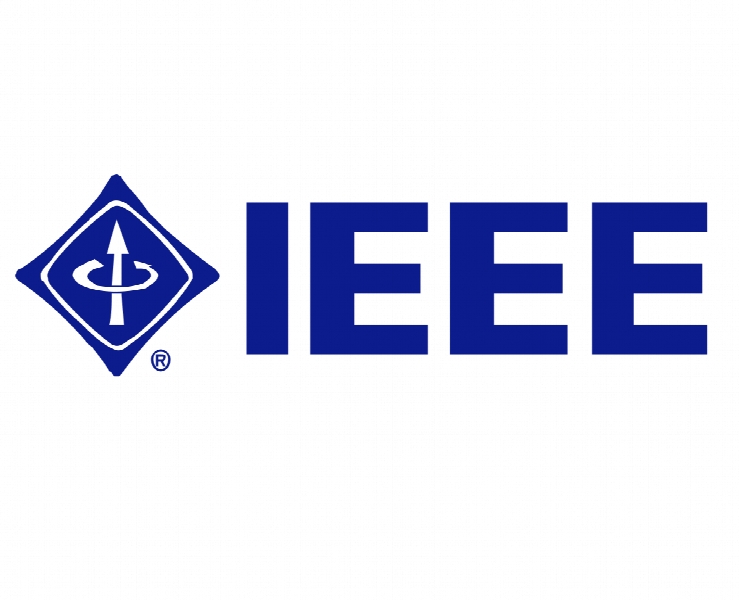مدل مدار الکترونیکی قالب کپک مخاطی نوسان محور برای محاسبات حل کننده پیچیدگی Oscillation-Based Slime Mould Electronic Circuit Model for Maze-Solving Computations
- نوع فایل : کتاب
- زبان : انگلیسی
- ناشر : IEEE
- چاپ و سال / کشور: 2018
توضیحات
رشته های مرتبط مهندسی برق
گرایش های مرتبط الکترونیک، مکاترونیک، مدارهای مجتمع الکترونیک
مجله معاملات IEEE در مدارها و سیستم ها – IEEE Transactions on Circuits and Systems
دانشگاه Democritus University of Thrace – Greece
منتشر شده در نشریه IEEE
کلمات کلیدی انگلیسی Labyrinth, memristor, oscillation, slime mould, SPICE
گرایش های مرتبط الکترونیک، مکاترونیک، مدارهای مجتمع الکترونیک
مجله معاملات IEEE در مدارها و سیستم ها – IEEE Transactions on Circuits and Systems
دانشگاه Democritus University of Thrace – Greece
منتشر شده در نشریه IEEE
کلمات کلیدی انگلیسی Labyrinth, memristor, oscillation, slime mould, SPICE
Description
I. INTRODUCTION THE primitive intelligence of Physarum polycephalum (slime mould) is mostly demonstrated during its vegetative stage when it turns into plasmodium, a yellowish vascular network which expands in search of nutrition [1]. The protoplasm moves in an oscillatory manner with emphasis on the direction of the nutrition source from which it receives the strongest chemical stimulus. Most importantly, in the presence of many nutrition sources the vascular network of the plasmodium is expanded to reach all of them simultaneously and then it shrinks until it achieves the shortest possible interconnections between the sources [2]. Nakagaki et al. [3] were the first to show experimentally that this particular property of Physarum could be used in unconventional computing approaches to maze-solving applications. Later, many more biological experi ments followed, exploiting the behavior of Physarum in several problems including path planning [4], maze-solving [5], game theory [6], deadlock avoidance [7], traveling salesman [8], etc. The internal oscillations of Physarum’s electrical potential and cytoplasm shuffling is one of the possible routes towards achieving synchronisation of its distant parts and distributed decision making. Laboratory measurements presented in [9] demonstrated hysteretic current-voltage characteristics of the protoplasm part of Physarum which are consistent with ideal (or active) memristors. Moreover, according to experimental results [10], the slime mould learns periodic changes in the environment, memorizes their periods, and adjusts its behaviour accordingly. Inspired by such observations, Traversa et al. [11] presented adaptive circuits comprising LC contours with damping resistors and memristors [12], [13], later tested experimentally in [14], to model memory organization and predict possible biological responses by simple organisms with internal memory abilities. Circuit models constitute low-cost and fast prototyping alternative solutions to expensive and time-consuming biological experiments and, in this direction, [11] presented an early approach of memristive adaptive electronic circuits targeting bio-inspired information processing applications. Accurate circuit models are definitely expected to play an important role in the study of behavioral mechanisms and the exploitation of the computing capabilities of Physarum in hardware. As a proof of concept of its computing abilities slime mould Physarum polycephalum was used to solve mazes. The maze problem solution, especially its physical realization, attracted attention of engineers and scientists for over 60 years. First published results in this field Shannon’s mechanical mouse maze solver [15]. Shannon’s mouse did not calculate a shortest path in the maze, it was rather labelling already visited sites and continued exploring maze till a central chamber was found. Maze solving is associated with a shortest path problem, therefore we consider prototypes designed for either of them. Further experimental laboratory prototypes of maze solvers were based on physical properties of a “computing substrate” filling the maze. Wave propagation in excitable chemical medium—the Belousov–Zhabotinsky reaction—was exploited in few versions of the chemical computers for a shortest path problem [16]–[20]. Given an excitation wave initiated at point x the wave will reach a point y along a shortest path, navigating around obstacles.


